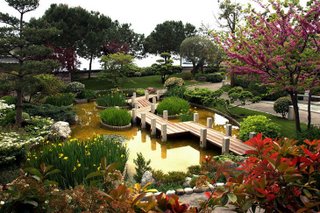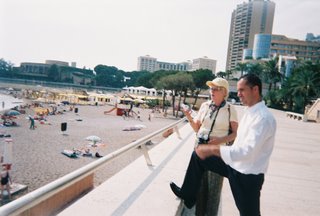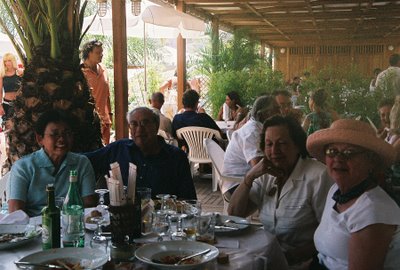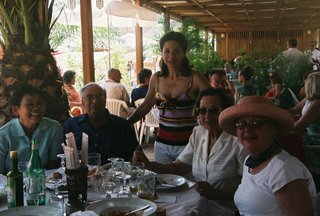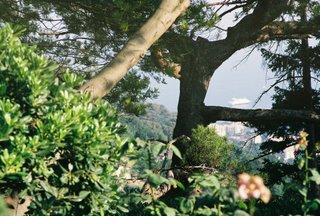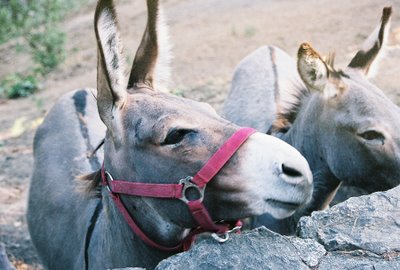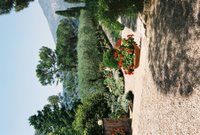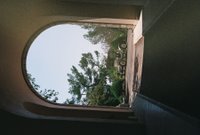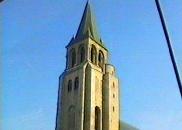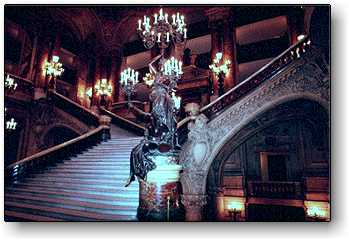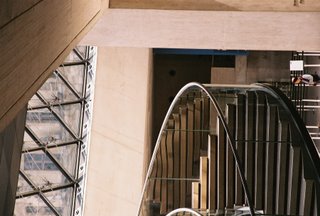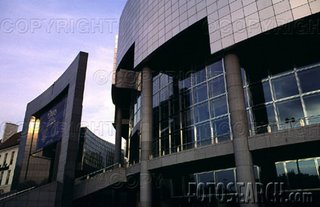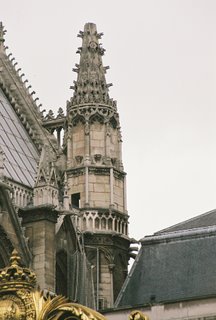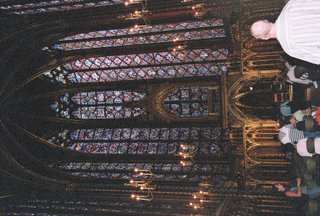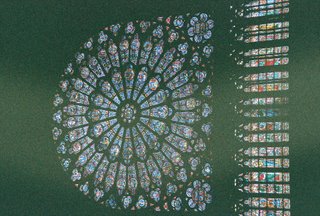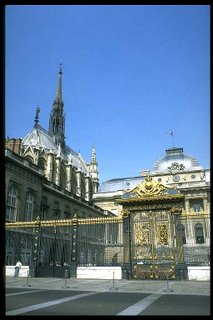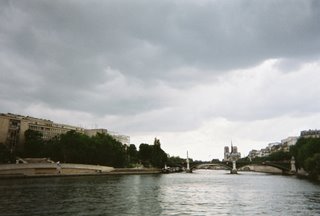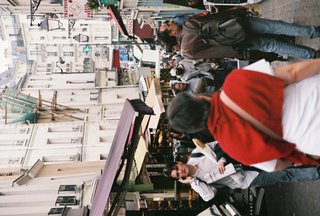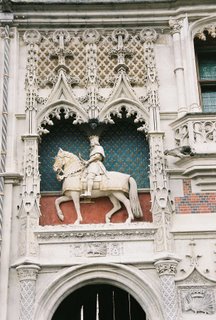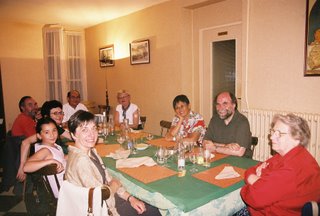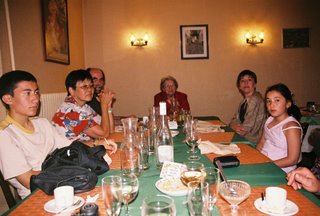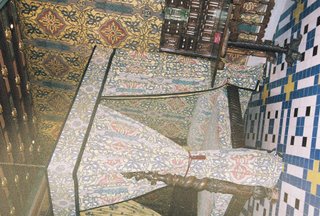
Murder and Conspiracy
Probably the most famous event at Blois and the one that is recreated today for tourists is the murder of the Duc de Guise.
Henry III, the son of Henry II and Catherine de’ Medici, was king during the Wars of Religion when the Catholic monarchy struggled for power against the Huguenots. A transvestite who wore makeup and dressed in gowns and jewelry, Henry was a weak ruler, mocked throughout France. His mother, Catherine de’ Medici, assumed most of the political power. Today’s tourists can see the 237 secret cabinets, which opened by stepping on a hidden lever, where Catherine kept her personal papers, jewels and a collection of poisons. Catherine and Henry instigated the St. Bartholomew’s Day Massacre, which began in Paris and spread throughout France, resulting in the death of some 70,000 Protestants.
The head of the Catholic League, Henry de Guise was everything the people of France admired, chivalrous and brave, the opposite of the French king. A power struggle between the three Henry's - the king, Henry de Guise, and the Protestant Henry of Navarre - led to the assassination of de Guise at Blois in 1588. Summoned to see the king’s, Henry de Guise walked across the courtyard, up the famous staircase, and upon entering Henry III’s bedchamber was stabbed by eight of the king’s men. The murder only further provoked the Catholics and in a siege of Paris, Henry III was murdered. The Protestant Henry of Navarre, married to the king’s sister, then became Henry IV and moved the court from Blois to Paris.
In the 17th century Louis XIII’s brother, Gaston d’Orleans, was exiled to Blois for various conspiracies against the king. As successor to the throne, he was given funds to build a great palace, but when the king had a son, Gaston lost his place in line and the palace was never completed. The Gaston d’Orleans Wing, designed by François Mansart, illustrates a transition from the Renaissance style to the newer, more sober, French Classical.
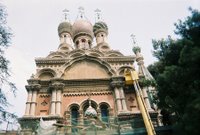
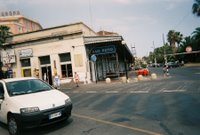
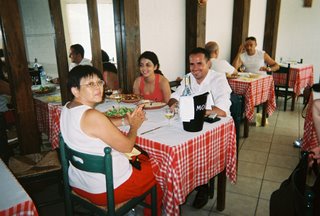 3 July 2006, After the changing of the guard at the palace, (Prince Albert was there, because the flag was flying) we drove to Beausoleil to have lunch at Julio's uncle's restaurant. Maria joined us for a wonderful Portuguese lunch. She ordered a wonderful clam dish with a heavenly sauce. Yes, I shared it. I had the cod fish, rice and a salad. We drank Portuguese wine. We said goodbye to Maria and Julio drove us across the boarder to Italy and Sanremo. Above is a picture of the train station in Sanremo. If you wanted to, you could take the train from Menton, and then walk a short way to the beach. Sumi spotted the Russian Orthodox Church, and we made our way up the hill to visit it. It was quite beautiful and was filled with icons. The day was very warm and humid, so we walked back down to the beach at Sanremo and sat down at a beach front restaurant for a gelato. After, I walked down to stick my feet in the Mediterranean before we headed back to the villa. The next day we were taking the early train back to Paris.
3 July 2006, After the changing of the guard at the palace, (Prince Albert was there, because the flag was flying) we drove to Beausoleil to have lunch at Julio's uncle's restaurant. Maria joined us for a wonderful Portuguese lunch. She ordered a wonderful clam dish with a heavenly sauce. Yes, I shared it. I had the cod fish, rice and a salad. We drank Portuguese wine. We said goodbye to Maria and Julio drove us across the boarder to Italy and Sanremo. Above is a picture of the train station in Sanremo. If you wanted to, you could take the train from Menton, and then walk a short way to the beach. Sumi spotted the Russian Orthodox Church, and we made our way up the hill to visit it. It was quite beautiful and was filled with icons. The day was very warm and humid, so we walked back down to the beach at Sanremo and sat down at a beach front restaurant for a gelato. After, I walked down to stick my feet in the Mediterranean before we headed back to the villa. The next day we were taking the early train back to Paris.



